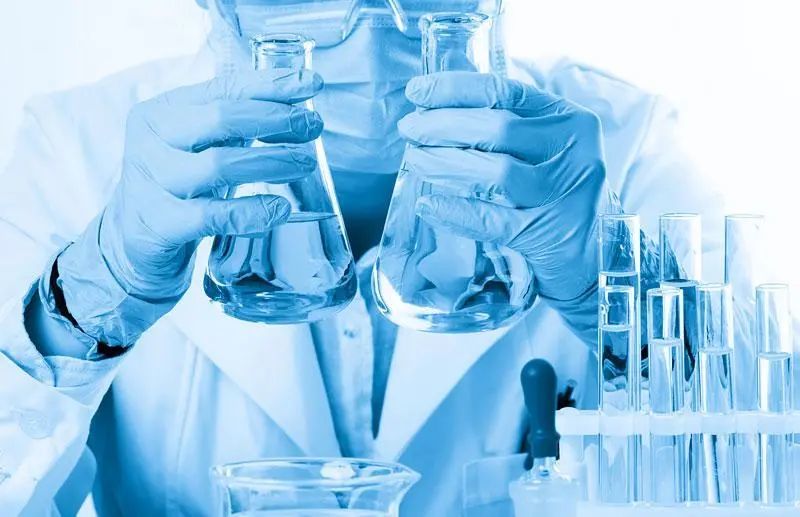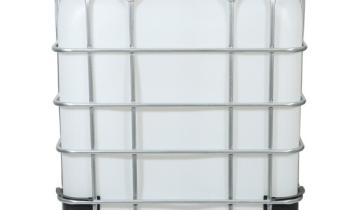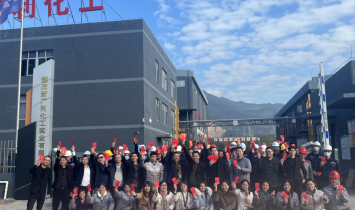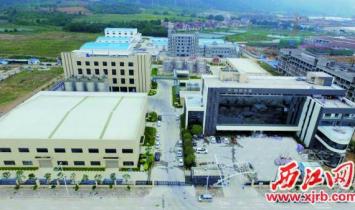The emulsion synthesis process is simple, the cost is relatively low, and most of the emulsion is water as the dispersion medium, and the VOC volatile content is less after the coating, which is more environmentally friendly than the oil-based paint with high odor and high toxicity, and the harm to the environment and construction personnel is less. In practical applications, water-based emulsions for different purposes can also be synthesized according to different conditions as needed. In recent years, with the wide application of anti-corrosion coatings, many anti-corrosion coatings with water-based emulsions as film-forming substances have appeared on the market. However, compared with oily resins, general water-based emulsions still have many disadvantages: such as poor film compactness, high transmittance of water vapor and oxygen, high minimum film-forming temperature, difficult to adjust rheology, and more ions in the film-forming material, which all affect the use of emulsions in highly corrosive environments.

01
Styrene-acrylate emulsion
Styrene-acrylate emulsion, often referred to as styrene-acrylate emulsion, is a styrene-modified acrylate-based copolymer emulsion. Due to the introduction of styrene segments in the copolymer, the water resistance, alkali resistance, hardness, stain resistance and chalking resistance of the coating film can be improved. Coatings formulated with styrene acrylic emulsion have high bonding strength to fillers, and have good light retention, color retention and outdoor durability. Moreover, the price of styrene is cheaper than methacrylates, so the cost of styrene acrylic emulsion is lower than that of pure acrylic emulsion.
02
Pure acrylates
Such emulsions are mainly made by polymerization of acrylates, methacrylates, acrylic acid or methacrylic acid. By changing the proportion of the monomers, the film-forming temperature and hardness of the emulsion polymer can be easily adjusted. Since the internal plasticizer is used in the polymerization process, no external plasticizer is added, the coating film performance does not change with time, and it has better construction performance. At present, pure propylene emulsion polymerization has developed from traditional single-phase polymerization to a variety of new technology polymerization, such as self-crosslinking type, soap-free polymerization type, single-phase/multi-phase block type, core/shell type, light-curing type, etc., which provides better performance for the paint film.
03
Polyurethane-acrylate copolymer emulsions
Waterborne polyurethane emulsion has a low film-forming temperature, good viscosity resistance, wear resistance and chemical resistance, but the cost is high, and the pigment dispersion is poor, and the weather resistance is not satisfactory; Although the acrylate emulsion has poor cold resistance, solvent resistance and abrasion resistance, it has good weather resistance and good wettability to pigments and substrates. If the two are combined, the above shortcomings can be overcome and the coating film can be given good performance. For example, at the end of the 80s, someone used core-shell emulsion polymerization technology to graft acrylates to the polyurethane main chain to synthesize a new waterborne polyurethane-acrylate copolymer resin, whose physical and chemical properties exceeded the simple blending of two resins.
04
Vinyl acetate-acrylate copolymer emulsion
This kind of emulsion, also known as acetate acrylic emulsion, due to the introduction of 20%~30% acrylate on the copolymer chain, which improves the coating film water resistance, alkali resistance, weather resistance, light resistance, aging resistance and the adhesion of filler. This kind of emulsion also does not need to add film additives, but relies on its own acrylic advanced fatty alcohol ester for internal plasticization, so it will not change the coating properties due to the volatilization of the additives during use. In addition, by changing the polymer emulsion synthesis process, latex particles with different structures and morphologies can be prepared, which can significantly improve the coating performance.
05
Organic-inorganic complex emulsions
Polymer emulsion coating films have many advantages, but they have low hardness, poor scrub resistance, poor solvent resistance, and some emulsions are more expensive. But some inorganic coatings, such as silica sol, are non-toxic, odorless, durable and inexpensive. If the two are used in combination, through the organic adsorption layer, the organic and inorganic components are formed into a chemical bond or combined by electrostatic action, so that the emulsion prepared can complement each other's properties. At present, silica sol-polyacrylate composite emulsion has good comprehensive properties, high bonding strength to various substrates and good mechanical properties of the coating film.
Zhaoqing GANGLY Chemical Industry Co., Ltd. is a high-tech enterprise focusing on the research and development and application of new waterborne metal surface treatment technology, the main core products include new technologies and new materials such as chromium-free, phosphating, fluorinated, water-based and other environmentally friendly alternatives in the field of metal surface treatment.
The company has a R & D and design team composed of professors and doctors in the field of chemistry and materials, and has established extensive production, learning and research cooperation with domestic universities and research institutes. Adhering to the core concept of focusing on innovation, leading by science and technology and green win-win, Haiyida is committed to promoting the sustainable and green development of the metal surface treatment industry, and wholeheartedly provides timely, effective and comprehensive solutions for the needs of customers.




